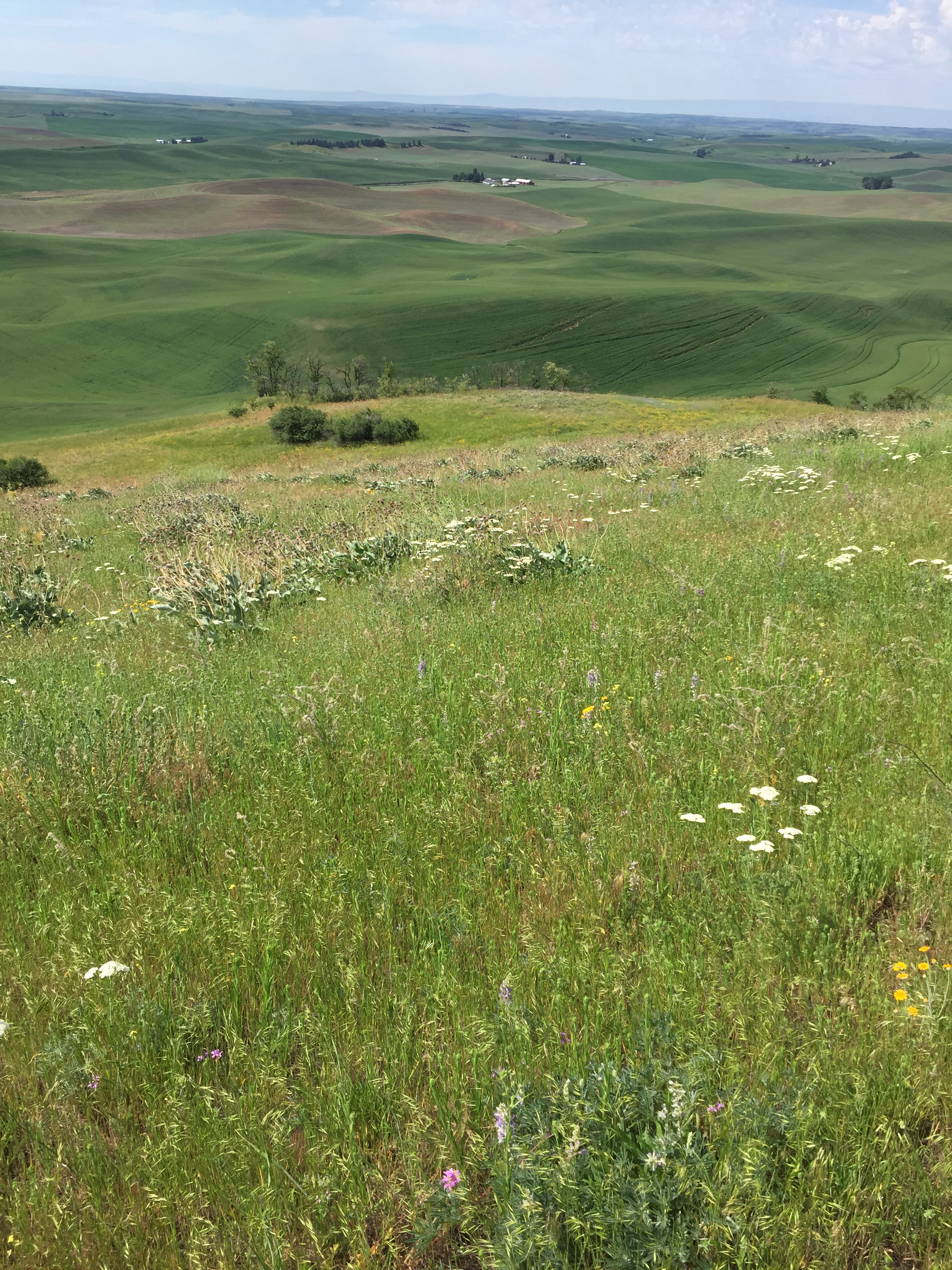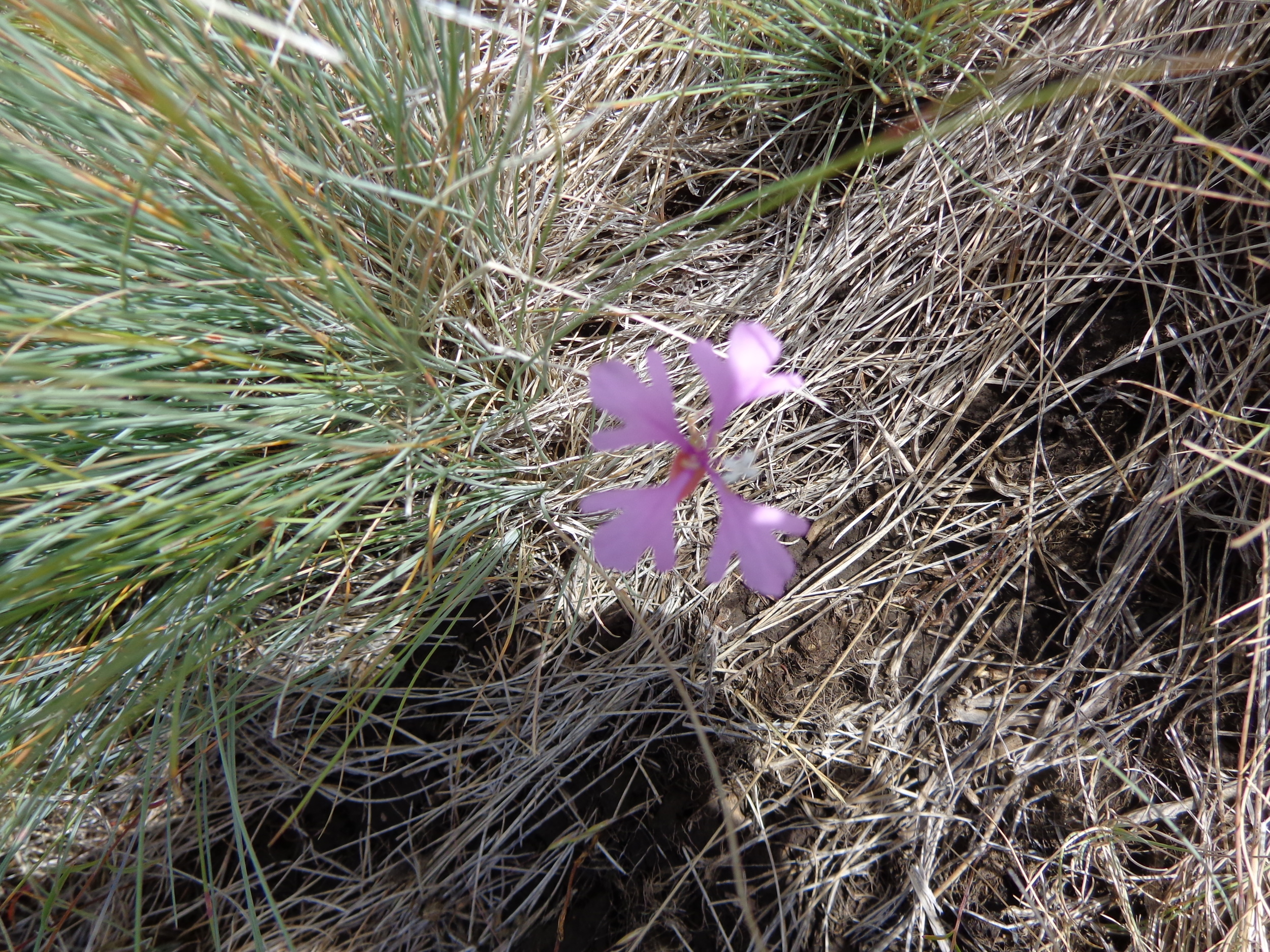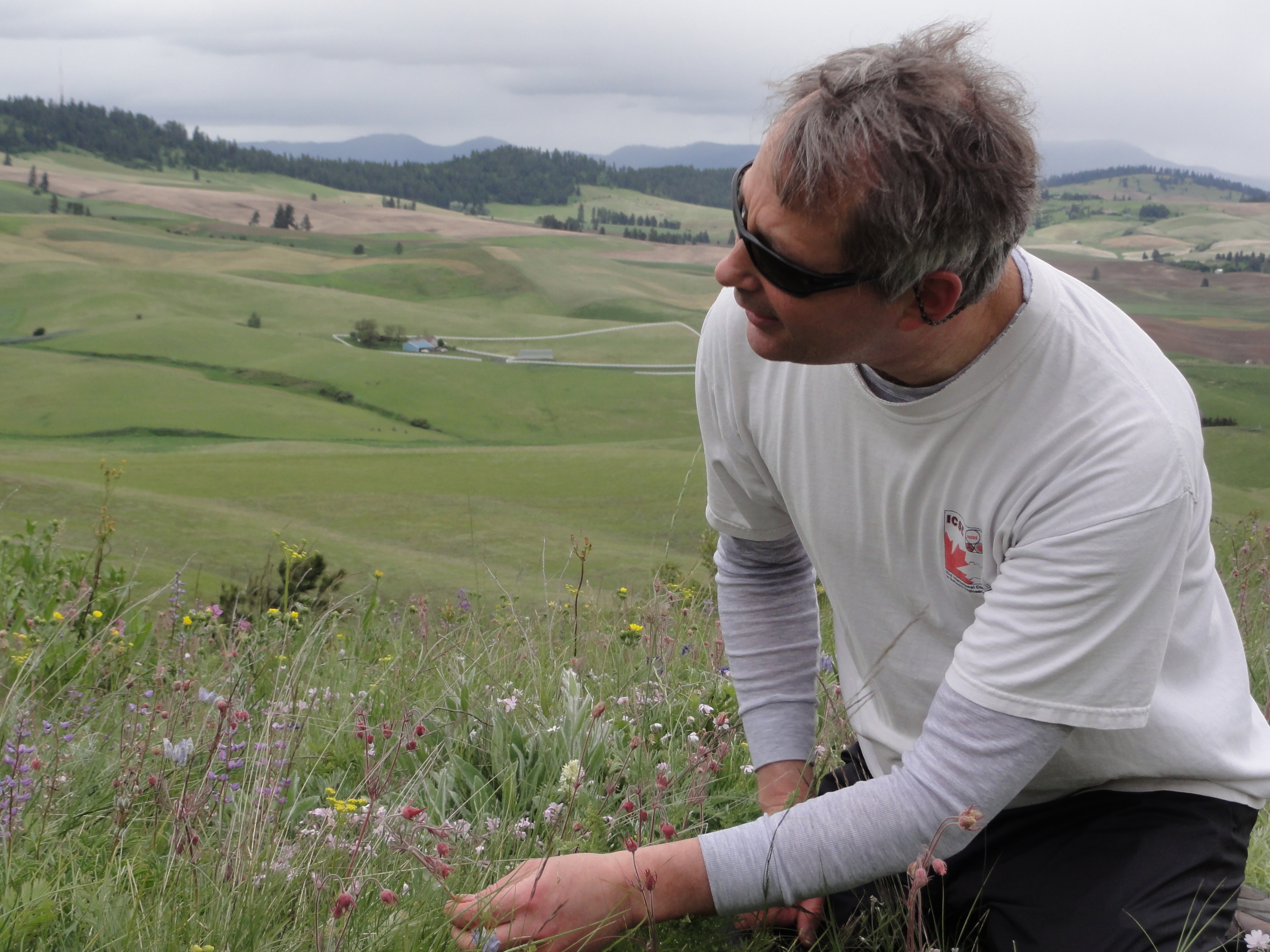preserving the prairie: the Hill easement
A 160-acre parcel of property on Gormsen Butte in southwestern Latah County recently has been set aside as a part of a conservation easement to protect a local native and endangered ecosystem - a remnant of the Palouse prairie.
The easement is the culmination of several years of work and is a collaborative effort between the property owners, Frank and Rebecca Hill of Moscow, the Palouse Land Trust, the Latah Soil and Water Conservation District, the U.S. Fish and Wildlife Service and the Idaho Department of Fish and Game.
"(The lands) are important because of a great diversity of native plant species," said PLT board member Gerry Wright. ''It's so rare, it's (considered) as one of the most endangered ecosystems. It's all been turned to wheat or other crops."
The property consists of 42 acres of Palouse prairie remnants and adjoining 55.6 acres of native grass seeding, a 32.4acre area of native seeding enrolled in the Conservation Reserve Program, and 30 acres to be managed as a buffer for the remnants and native seeding.
The Landowner Incentive Program, a competitive grant program funded by the U.s. Fish and Wildlife Service and administered through Idaho Fish' and Game, was used to secure the funds for the easement. The funds were matched by landowner commitment.
''The remnants that do remain have never been farmed for one reason or another, usually because they're inaccessible," Wright said. "This high butte offers tremendous views, and it would be a highly desirable building site."
Under the easement, the land remains under the ownership of the Hills, but the terms of the easement can be tailored to reflect the landowner's wishes for the property.
Such an easement permanently protects the property from residential development, conversion to farmland or to other uses.
While not open to the public, the easement will provide an opportunity for researchers from the University of Idaho and other institutions to study the rare ecosystem, he said.
"These are really rare, beautiful pieces of property," Burke said. "To understand how we can go about restoring more of this kind of land, this will be used as future resource."









